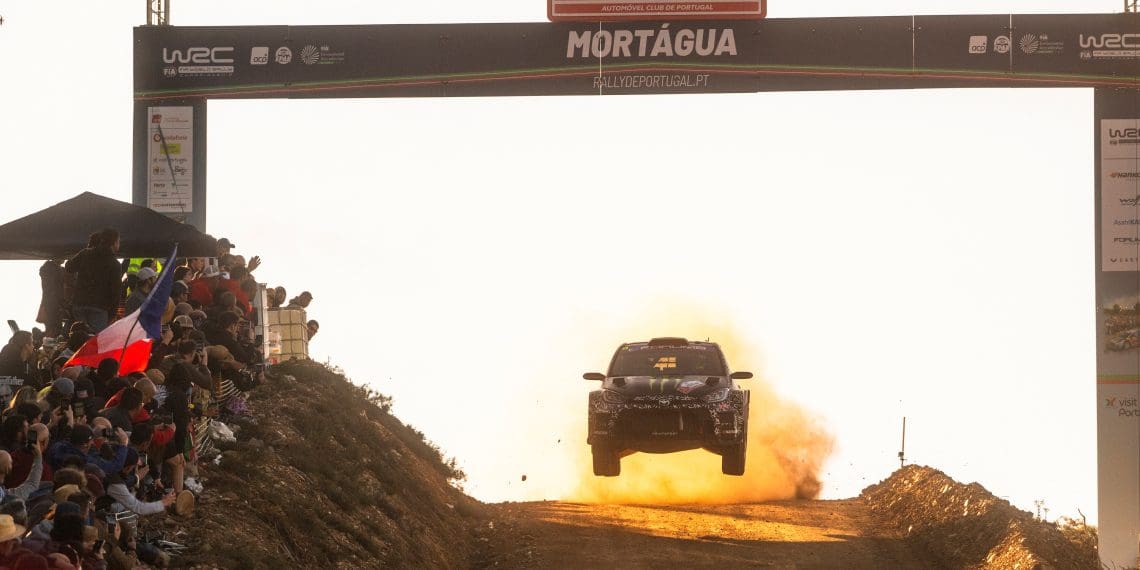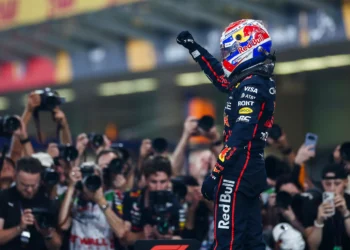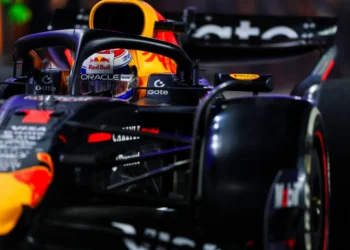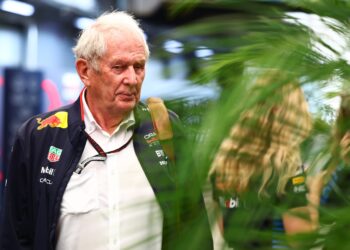Rally Portugal’s Grueling Schedule Sparks Outcry Among WRC Drivers
The World Rally Championship is no stranger to extreme challenges, but the demanding itinerary at Rally Portugal has pushed drivers to their limits, with many speaking out against the grueling schedule that saw them behind the wheel for a staggering 14 hours on Friday.
The fifth round of the WRC season introduced a schedule tweak this year, adding two extra stages on Friday. This change forced crews to navigate 10 stages, covering a total distance of 683 kilometers, with 146km being competitive stages. The day started at 7:35 am and ended at 9 pm, allowing for only two short breaks and two quick regroups throughout the marathon day.
Drivers, including rally leader Ott Tanak and championship leader Elfyn Evans, expressed concerns over the strenuous schedule. Tanak, who clinched his 400th WRC stage win, described the timetable as “tough,” echoing the sentiments of many of his fellow competitors. Evans, who trailed behind Tanak by 1 minute and 9 seconds, criticized the lack of proper breaks, stating, “It is not ideal.”
Even reigning World Champion Thierry Neuville voiced his opinion, emphasizing the importance of adequate rest and preparation between stages. WRC2 driver Gus Greensmith highlighted the challenges drivers faced, such as limited water intake and insufficient time for meals, calling for more thoughtful planning of future timetables.
While some drivers like Josh McErlean appreciate the thrill of long rally days, there is a consensus among competitors that adjustments need to be made to ensure the well-being and safety of all participants. Despite the grueling nature of the sport being part of its DNA, the extreme schedule at Rally Portugal has sparked a debate about the fine line between pushing boundaries and prioritizing the welfare of drivers and co-drivers.
As the action continues at Rally Portugal, the WRC community watches closely to see how organizers will address the concerns raised by drivers, and whether future events will strike a better balance between challenge and safety.










